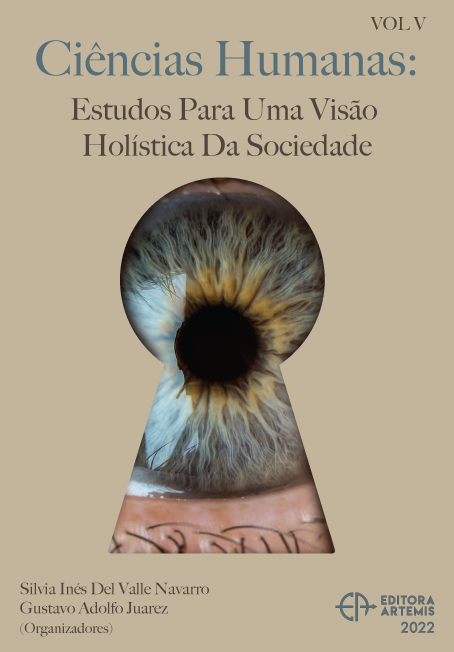
IMAGENS DA VIA CRUCIS: CENÁRIOS DE RITUALIZAÇÃO, SACRALIZAÇÃO E DEVOÇÃO, NO NORTE E CENTRO DE PORTUGAL.
A religiosidade passionista afirma-se gradativamente a partir dos séculos XII e XIII, estimulada pelo ideário franciscano de imitação, meditação e devoção a Cristo, transformando-se São Francisco na própria imagem de humanidade dolorosa, ao receber os estigmas de Cristo. O culto medieval à Paixão, reiterado no Concílio de Trento, prosseguiu na Época Moderna e conserva-se na atualidade, em manifestações de espiritualidade e de devoção popular, vivenciadas através das imagens artísticas da Paixão de Cristo, bem como da veneração de relíquias da Vera Cruz, do sudário, entre outras. A liturgia e a devoção utilizaram e utilizam estas imagens em solenidades religiosas, nas quais se destacam as cerimónias da Semana Santa, como em teatralizações onde a imagem serve de veículo mediador entre dois mundos, o terreno e o celeste, percorrendo itinerários da Via Crucis que, a partir do século XV, permitem reviver os últimos passos da vida terrena de Cristo na Terra Santa.
IMAGENS DA VIA CRUCIS: CENÁRIOS DE RITUALIZAÇÃO, SACRALIZAÇÃO E DEVOÇÃO, NO NORTE E CENTRO DE PORTUGAL.
-
DOI: 10.37572/EdArt_15122270523
-
Palavras-chave: Via Crucis; Imagem; Liturgia; Devoção
-
Keywords: Stations of the Cross; Image; Liturgy; Devotion
-
Abstract:
Passionist religiosity was gradually established from the 12th and 13th centuries onwards, encouraged by the Franciscan ideals of imitation, meditation, and devotion to Christ, with St. Francis becoming the very image of sorrowful humanity as he received the stigmata of Christ. The medieval cult of the Passion, reiterated in the Council of Trent, continued into the Modern Age, and is preserved today in manifestations of spirituality and popular devotion, experienced through artistic images of the Passion of Christ, as well as the veneration of relics of Vera Cruz, the shroud, among others. The liturgy and devotion have used and still use these images in religious solemnities, of which the Holy Week ceremonies stand out, as well as in theatrical performances in which the image serves as a vehicle mediating between two worlds, the earthly and the celestial, following the itineraries of the Stations of the Cross which, from the 15th century onwards, allow us to relive the final stages of Christ's earthly life in the Holy Land.
-
Número de páginas: 28
- Sofia Nunes Vechina
- Manuel Joaquim Moreira da Rocha

